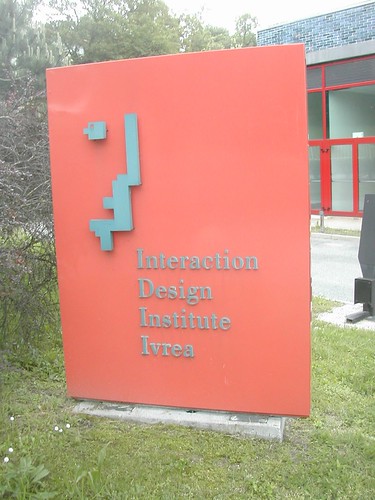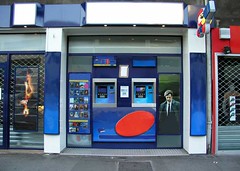If you want to spend time working in a great environment, developping creative technology projects, go check the Eyebeam proposal. Yes Eyebam is hiring:
We encourage artists, hackers, designers and engineers to apply. Participation in the R&D Fellows program includes: One year fellowship: 4 days/week commitment, $30,000 annual stipend + health benefitsPublic Domain: Work created within the Open Lab will be widely distributed and freely available under open licenses. All code will be released under GPL, media will be released under Creative Commons, and hardware projects will be released with Do-It-Yourself instruction kits. The fellowship is a unique opportunity to participate in a new kind of research environment and contribute directly to the public domain.
Previous Work: The Open Lab builds on previous work developed within Eyebeam R&D. Some earlier projects include: reBlog, ForwardTrack, FundRace, Contagious Media, Social Network Soiree, ACCESS, Carnivore, Noderunner
Application: Please submit your application here by August 15th; fellowships will begin in the Fall of 2005 (flexible start date). If you have any questions, please email openlab@eyebeam.org
Good luck, the advisory Committee includes Mitch Kapoor, Joi Ito and Jason Kottke. Why do I blog this? it seems to be a great environment to work on technology-related projects, this OpenLab looks amazing. I am looking forward to see what emerge from there!

 Why do I blog thi? I liek this sort of project :)
Connected pasta: two related project are described
Why do I blog thi? I liek this sort of project :)
Connected pasta: two related project are described 
 Why do I blog this it's interesting to see how people play with different dimensions to do visualisations.
Connected Pasta I already posted about
Why do I blog this it's interesting to see how people play with different dimensions to do visualisations.
Connected Pasta I already posted about 





 The floating writings reminds me the work by geneva friends
The floating writings reminds me the work by geneva friends 








 Why do I blog this? It definitely seems a nice move for Google to go into maps, very relevant to their search engine business (locating stuff is important and it's a good add-on to
Why do I blog this? It definitely seems a nice move for Google to go into maps, very relevant to their search engine business (locating stuff is important and it's a good add-on to  It's definetely useful since some people seems to suck at this.
It's definetely useful since some people seems to suck at this.